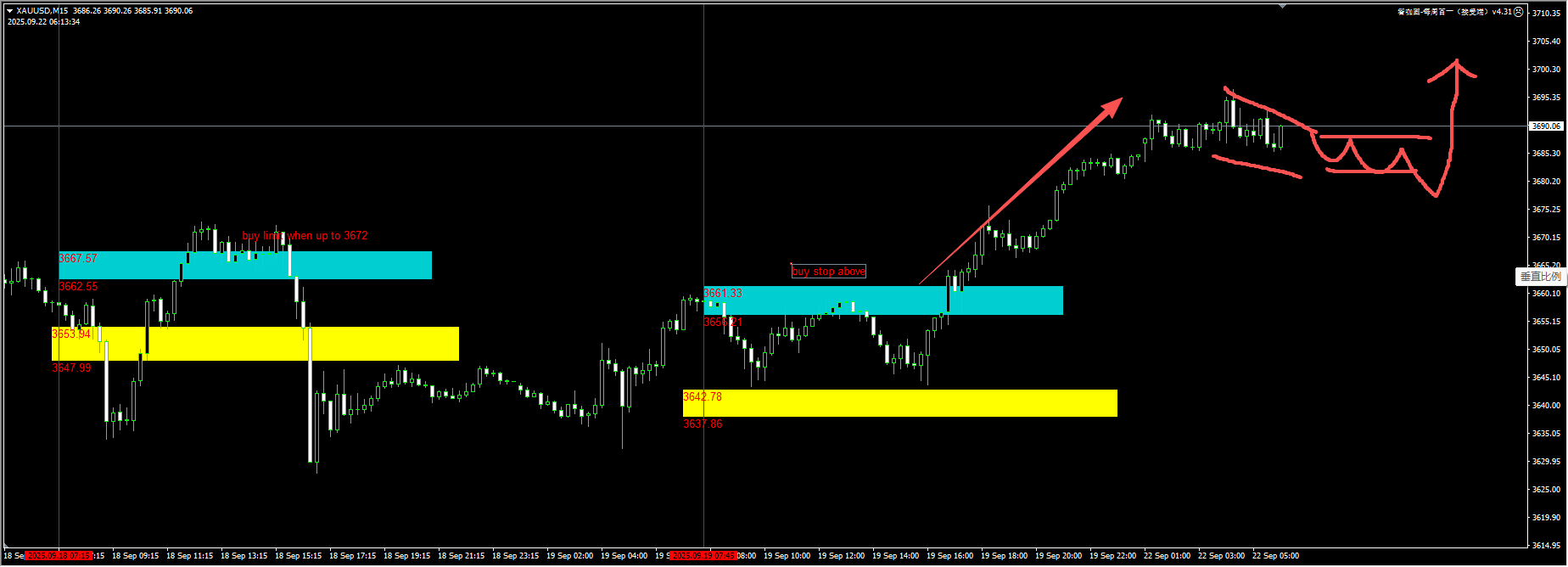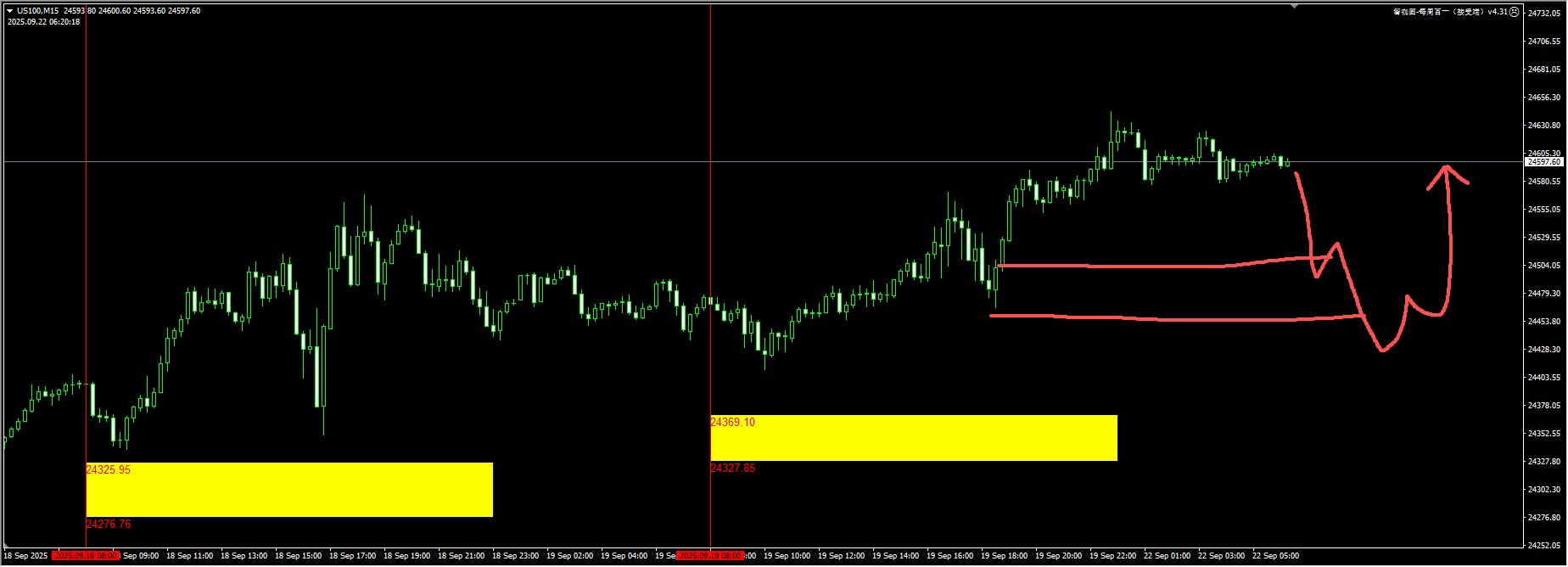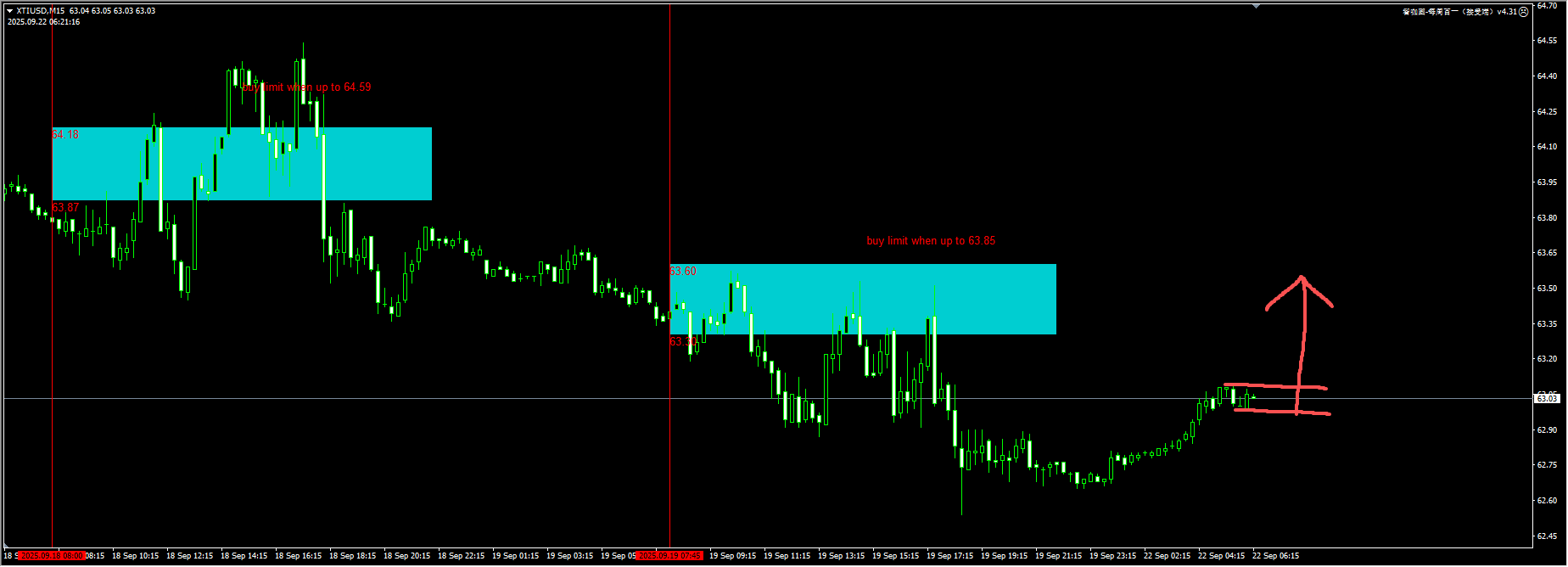Citigroup analysts denied the claim that global investors are seeking to reduce their reliance on the US dollar, saying that the notion of de-dollarization is a “mirage” unsupported by economic data.
In a report to clients, strategists led by Osamu Takashima wrote that the dollar has fallen by nearly 9% this year, but US balance of payments statistics do not confirm a significant sell-off of dollar assets. They also added that in the long term, there is no significant correlation between foreign portfolio inflows and the performance of the dollar.
Strategists wrote: “We believe ‘de-dollarization’ is a term aimed at providing a reasonable explanation for the weakening of the US dollar due to liquidation and adjustments in hedging ratios. We think the risk of the dollar’s depreciation should be viewed separately from ‘de-dollarization’.”
Many analysts use the term “de-dollarization” to describe investors’ efforts to reduce their reliance on the US dollar as President Donald Trump imposes high tariffs on trading partners and threatens the independence of the Federal Reserve.
Despite concerns, there is evidence that investors are still snapping up US stocks and bonds while hedging these investments against further dollar depreciation by purchasing derivatives.
Strategists remain bearish on the US dollar, predicting that the exchange rate of the US dollar against the euro will fall from around 1.1750 to 1.20 by the end of this year. Citigroup also expects the US dollar to weaken against the Japanese yen, with the exchange rate of the US dollar against the Japanese yen expected to drop to 1.35 by the end of 2026, a decline of approximately 9%.
Technical analysis:
The WeChat functions may be restricted from time to time. If you want to experience the plugin, please leave your contact information when adding a friend so that we can add you back easily!
Gold: The buy stop operation at the 3661.33 breakthrough we alerted last Friday could achieve a profit-to-loss ratio of nearly 7:1. For today’s trading, we should continue to pay attention to the signals of the continued development of the bulls. If there is a pullback to 3660/70 or a break in the short-term consolidation pattern, we should attempt 1-2 long positions. For detailed positions, please consult the plugin.

The plugin is updated from 12:00 to 13:00 every trading day. If you want to experience the same plugin as shown in the picture, please contact V: Hana-fgfg and leave your contact information in the note for us to get back to you.
The Nasdaq: The rate cut has provided relatively effective support for prices, but the behavior of sweeping liquidity occurs every day. We should not miss such signals in our operations. It is not recommended to directly break through and go long. Pay attention to the demand zone near 24,500 within the day, and be aware of the risk that this area may be swept by liquidity. Try 1-2 long positions. For detailed positions, please consult the plugin.

(NASDAQ 15-minute chart)
The plugin is updated from 12:00 to 13:00 every trading day. If you want to experience the same plugin as shown in the chart, please contact V: Hana-fgfg and leave your contact information in the message for us to get back to you.
Crude oil: The price remains within the channel, consolidating with limited fluctuations. A break above 63.15/20 within the day could be considered for a short-term long position. For further long-term signals, it needs to recover the 63.50/65 area and confirm through a pullback before taking action. For detailed positions, please consult the plugin.

(Crude oil 15-minute chart)
The plugin is updated from 12:00 to 13:00 every trading day. If you want to experience the same plugin as shown in the picture, please contact V: Hana-fgfg and leave your contact information in the remarks for us to get back to you.
Key economic data and events to focus on today:
18:00 UK September CBI Industrial Order Expectations Diff.
20:30 U.S. Chicago Fed National Activity Index for August
22:00 Eurozone September consumer confidence index flash estimate
